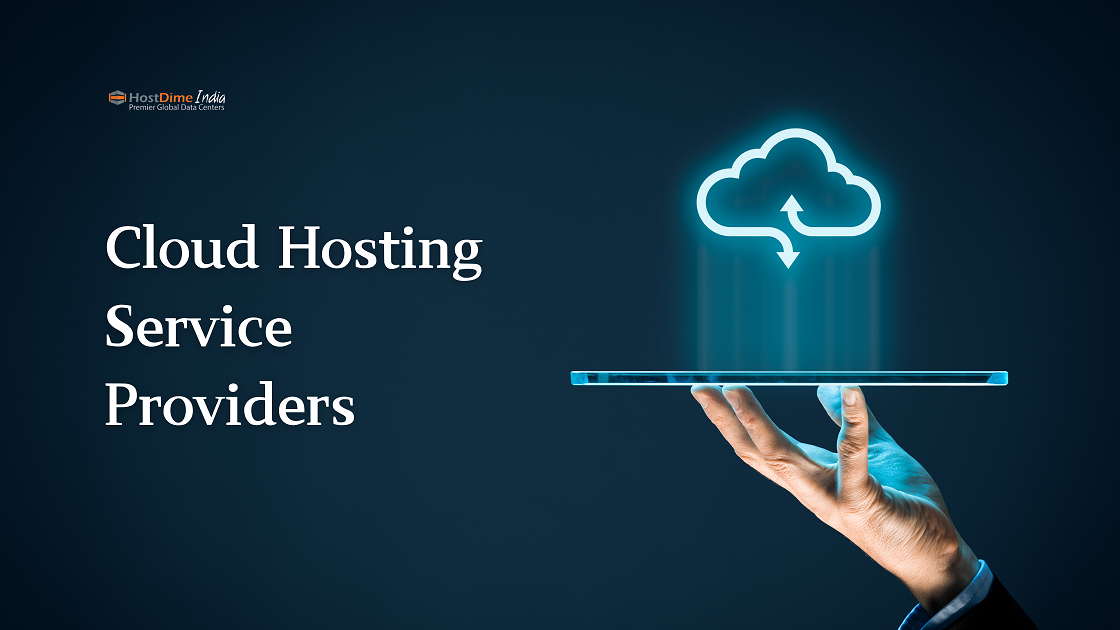Demystifying the Cloud: A Guide to Cloud Services

The term “cloud” gets thrown around often, but what exactly are cloud services? In simpler terms, cloud services are like renting computing power and resources over the internet. You access these resources online instead of installing software on your own computer or maintaining physical servers.
This blog post will be your one-stop guide to understanding cloud services, their different forms, and the benefits they offer.
What are Cloud Services?
Cloud services encompass a wide range of offerings delivered on-demand over the internet. These services can be broadly categorized into three main types:
-
Software as a Service (SaaS): This is the most common type of cloud service. SaaS applications are accessed entirely online, through a web browser or mobile app. Examples include popular services like Gmail, Dropbox, and Salesforce. With SaaS, you don’t need to worry about software installation, updates, or maintenance – the provider handles everything.
-
Platform as a Service (PaaS): This category provides a platform for developers to build and deploy applications. PaaS services cover the underlying infrastructure, allowing developers to focus on the application code. Examples of PaaS providers include Google App Engine and Microsoft Azure.
-
Infrastructure as a Service (IaaS): This is the most fundamental layer of cloud services. IaaS provides virtualized computing resources like servers, storage, and networking. With IaaS, you have more control over the environment but also have more responsibility for managing it. Amazon Web Services (AWS) is a popular IaaS provider.
Benefits of Cloud Services
Cloud services offer a multitude of advantages for both businesses and individuals. Here are some of the key benefits:
-
Cost-effectiveness: Cloud services eliminate the upfront costs of buying and maintaining hardware and software. You only pay for the resources you use, making it a scalable and cost-efficient solution.
-
Scalability: Cloud resources can be easily scaled up or down as your needs change. This provides flexibility for businesses that experience fluctuations in demand.
-
Accessibility: Cloud services can be accessed from anywhere with an internet connection, allowing for remote work and mobile collaboration.
-
Security: Cloud providers invest heavily in security measures to protect your data. In many cases, cloud storage can be more secure than storing data on-premises.
-
Reliability: Cloud providers offer high levels of uptime and redundancy to ensure your applications and data are always available.
-
Automatic Updates: With cloud services, software updates are handled automatically by the provider, ensuring you always have the latest version.
Getting Started with Cloud Services
There are many cloud service providers available, each offering a variety of services and pricing plans. Here are some steps to get you started:
-
Identify your needs: What type of cloud service do you need? SaaS, PaaS, or IaaS? Consider what tasks you want to accomplish and the level of control you require.
-
Research providers: Popular cloud providers include Amazon Web Services (AWS), Microsoft Azure, Google Cloud Platform (GCP), and IBM Cloud. Compare their offerings and pricing to find the best fit for your needs.
-
Start with a free trial: Most cloud providers offer free trials, allowing you to experiment with their services before committing.
-
Security is key: Ensure the cloud provider offers robust security features to protect your data.
Cloud services offer a convenient, scalable, and cost-effective way to access computing resources. By understanding the different types of cloud services and their benefits, you can leverage the power of the cloud to improve your productivity and efficiency.




